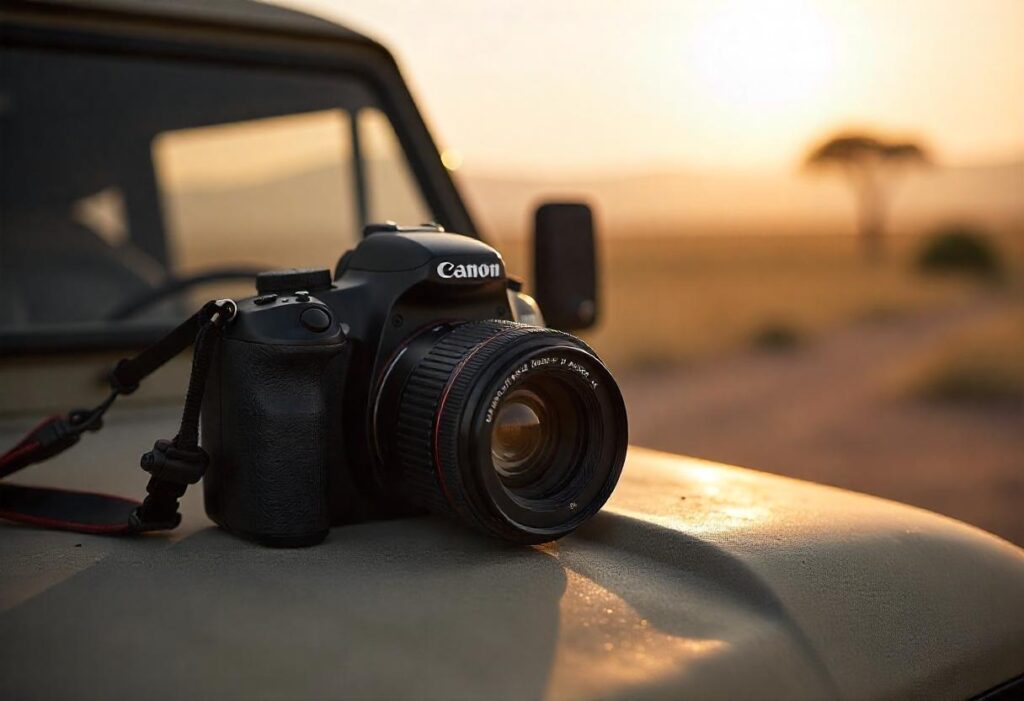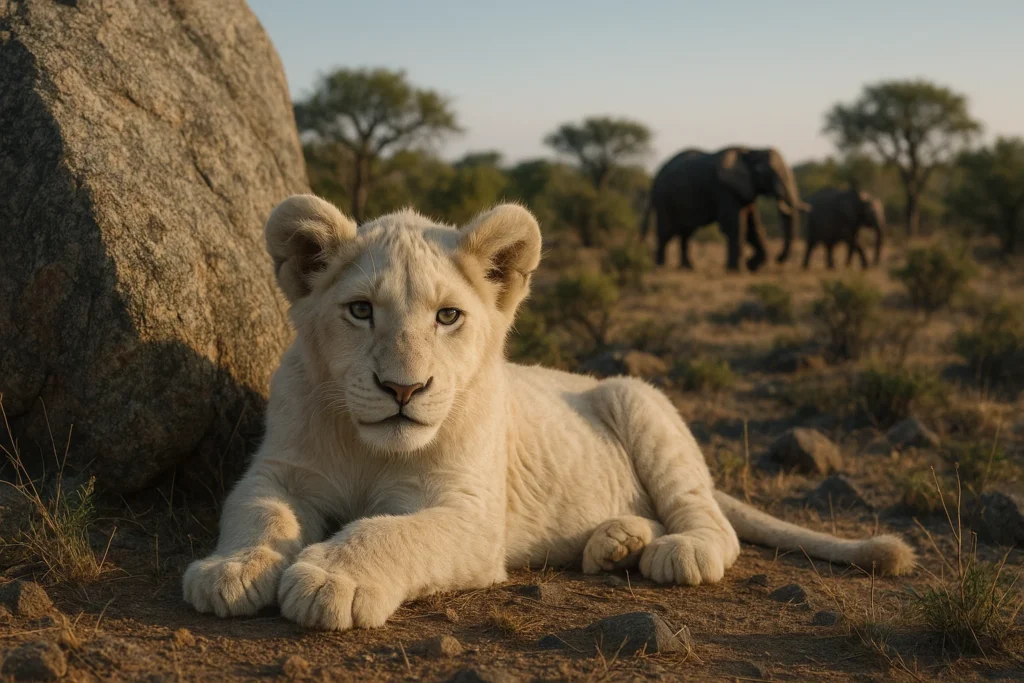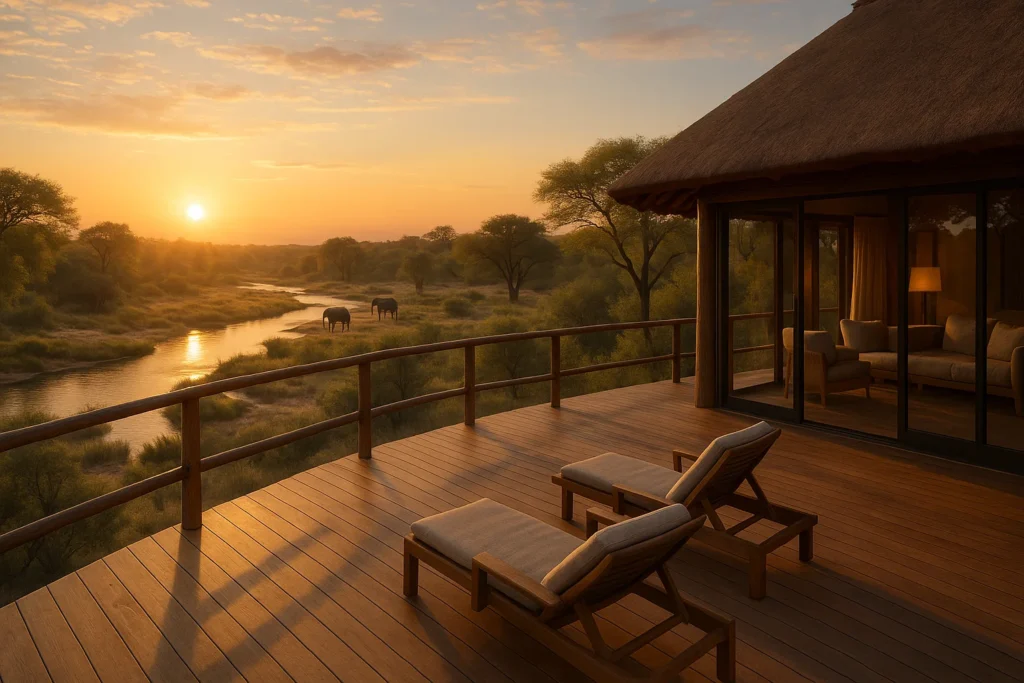Capturing the stunning wildlife and landscapes of Africa is a dream for many photographers. However, the environment on safari can be tough on your camera gear. From dust and humidity to sudden weather changes, protecting your equipment is essential to ensure you don’t miss any memorable shots. This guide will help you keep your camera safe and ready during your African safari adventure.
Why protecting your camera equipment matters on safari
Safari environments expose your gear to dust, sand, heat, moisture, and bumps during game drives. Without proper protection, your camera and lenses risk damage that can be costly and ruin your photography experience. Preparing your equipment before and during your trip can prolong its lifespan and improve your ability to shoot in challenging conditions.
Essential gear protection tips for safari photography
Invest in a sturdy camera bag or case
A high-quality camera bag designed for outdoor use is key. Look for bags with padded compartments to keep your camera and lenses secure and separated. Waterproof or water-resistant materials are highly recommended to protect against rain or unexpected splashes. Some bags also have dust covers or rain sleeves for added protection.
Use lens filters and lens caps
Protect your lenses from scratches, dust, and moisture by always using UV or clear lens filters. They act as a shield without compromising image quality. When not shooting, keep lens caps on to prevent any accidental damage.
Pack microfiber cloths and cleaning kits
Dust and fingerprints are common issues on safari. Carry microfiber cloths, lens cleaning solution, and a blower brush to keep your lenses and camera sensors clean. Regular cleaning helps maintain image quality and protects your gear from dirt buildup.
Safeguard your gear from temperature and humidity
Extreme temperature changes between daytime heat and cooler evenings can cause condensation inside your camera. Store your camera in your bag when not in use and avoid sudden temperature shifts. Use silica gel packs inside your camera bag to absorb moisture and keep humidity levels low.
Protecting your camera during game drives and walks
Keep gear in a protective case when not shooting
During bumpy game drives or walking safaris, always store your camera in a padded bag or case. This minimizes the risk of impact damage from sudden movements or bumps in the vehicle.
Avoid changing lenses in dusty environments
Dust can easily enter your camera sensor when changing lenses outside. Plan your shots and carry a clean, dust-free area in your bag to swap lenses safely. Consider using a zoom lens to reduce lens changes.
Secure your camera with straps and harnesses
Use a sturdy neck strap, wrist strap, or camera harness to keep your equipment secure and prevent accidental drops while moving around.
Additional tips for camera safety on safari
- Always carry extra batteries and memory cards in waterproof containers.
- Use waterproof covers or rain sleeves during unexpected rain showers.
- Back up your photos daily to avoid losing precious memories.
- Consider travel insurance that covers your camera gear.
Conclusion
Protecting your camera equipment during an African safari is crucial for capturing the best moments without worry. With the right preparation, gear, and habits, you can focus on enjoying your adventure and creating stunning wildlife images that last a lifetime.
FAQs about protecting your camera equipment on safari
Look for a durable, weather-resistant bag with padded compartments to protect against dust, moisture, and impacts.
Use a microfiber cloth for lenses and a small air blower to remove dust. Avoid using liquids unless necessary, and always clean in a shaded area.
Yes, camera insurance can provide peace of mind against theft, damage, or loss while traveling in remote areas.
Waterproof covers are highly recommended, especially during rainy seasons or when crossing rivers, to protect your gear from moisture.
Keep your camera in shaded areas when not in use, avoid leaving it inside hot vehicles, and use lens caps and camera covers to reduce heat exposure.






